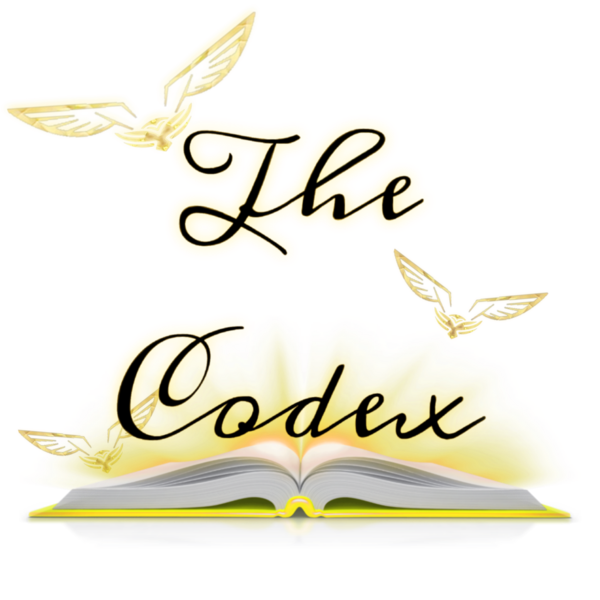The official discord link if you wish to join the discord: https://discord.gg/j5RKwCvAFu
Support the wiki on our official Ko-Fi page or Patreon page!
Hierarchies
Introduction
Hierarchies refer to systems of ordered structure that rank entities based on predefined criteria such as power, status, authority, knowledge, or metaphysical alignment. These structures are frequently used to convey relative importance, superiority, or influence across a wide range of narrative settings—from cosmic orders to local social systems. A hierarchy is often multi-layered, with each level conferring unique privileges, roles, or responsibilities.
Hierarchies may be formalized and universally recognized within a setting, or informal and subjective, based on the perceptions and values of individuals or cultures. They can reflect natural laws, political structures, metaphysical systems, or moral frameworks, and often play a central role in shaping the dynamics between characters, factions, and cosmological entities.
Types of Hierarchies
- Power-Based Hierarchies
These are structures built around levels of raw might, magical potency, or supernatural ability. Characters are ranked based on their capacity to influence the world or dominate others through force, spiritual energy, or reality manipulation. These hierarchies are common in combat-centric worlds.
- Authority Hierarchies
Structures that define leadership, command, or bureaucratic roles. Members gain higher positions through succession, promotion, or recognition of leadership qualities. These hierarchies often appear in governments, militaries, or religious institutions.
- Cosmic Hierarchies
Hierarchies embedded into the fabric of the universe, often involving gods, abstract beings, primordial entities, or metaphysical laws. They determine the order of reality, sometimes positioning higher-tier beings as regulators of space, time, existence, or morality.
- Existential or Ontological Hierarchies
These hierarchies classify beings based on the nature of their existence or being. Higher levels may include abstract concepts, transcendent entities, or beings that exist beyond standard physical or conceptual constraints.
- Social Hierarchies
Class-based systems within societies, often built on heritage, wealth, influence, or societal contributions. These hierarchies influence how characters are treated within a setting and often define roles or limitations in social mobility.
- Moral or Ethical Hierarchies
Structures that rank characters or beings based on moral alignment or adherence to an ethical code. Characters may gain stature by following divine laws, upholding justice, or embodying virtues.
- Knowledge or Awareness Hierarchies
Hierarchies based on insight, wisdom, or access to forbidden, cosmic, or secret knowledge. Those higher in this structure may perceive deeper truths or hidden aspects of reality, often shaping events from behind the scenes.
- Conceptual or Narrative Hierarchies
A meta-structural hierarchy where characters are positioned based on narrative significance, archetypal roles, or metafictional status. These may include authorial beings, avatars of storytelling, or characters aware of their fictional existence.
Structural Features
- Tiered Layers: Most hierarchies operate through clear levels, with each tier indicating a step above or below another.
- Defined Criteria: Advancement or placement depends on specific qualifications—power, virtue, bloodline, cosmic relevance, etc.
- Role Designation: Characters often serve designated roles depending on their rank—rulers, enforcers, guardians, or subordinates.
- Mobility: Depending on the setting, individuals may ascend or descend the hierarchy through personal growth, inheritance, trial, or destruction of those above them.
- Restrictions and Privileges: Higher tiers often gain exclusive access to abilities, realms, artifacts, or knowledge.
- Symbolism: Hierarchies may represent order, stability, or oppression depending on how they're framed within a story.
Function in Narrative Settings
- Establishes scale and grandeur (e.g. gods vs mortals)
- Clarifies stakes and progression paths (e.g. heroes rising through ranks)
- Illustrates themes of inequality, ambition, or divine law
- Provides structure for factions, pantheons, or realms
- Highlights existential contrast (e.g. mortal vs infinite, physical vs conceptual)
Associated Concepts
- Power Scaling – The process of comparing individuals’ abilities within or across hierarchies.
- Divinity – Frequently linked to cosmic or moral hierarchies.
- Supremacy – Refers to entities that stand at the apex of a hierarchy.
- Transcendence – May refer to individuals who rise beyond the structure of an existing hierarchy.
- Existential Layers – The placement of entities in different levels of reality, often corresponding to hierarchical levels.
